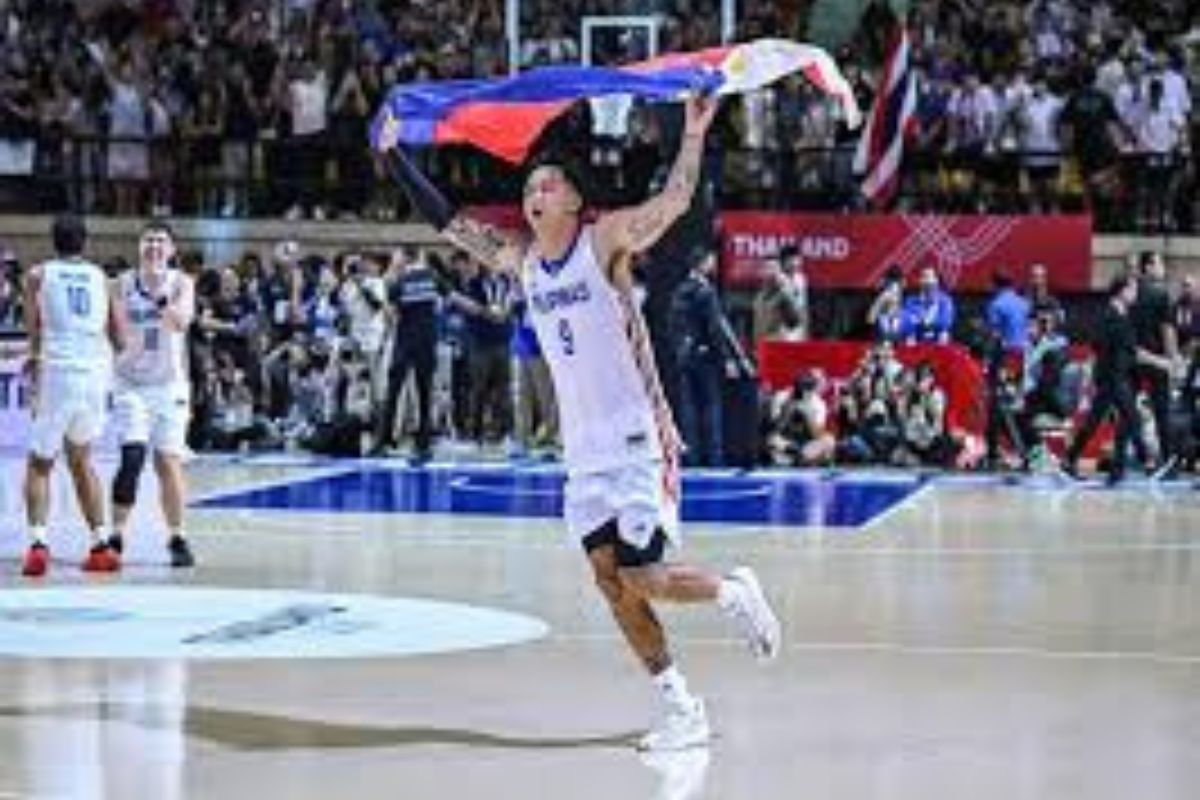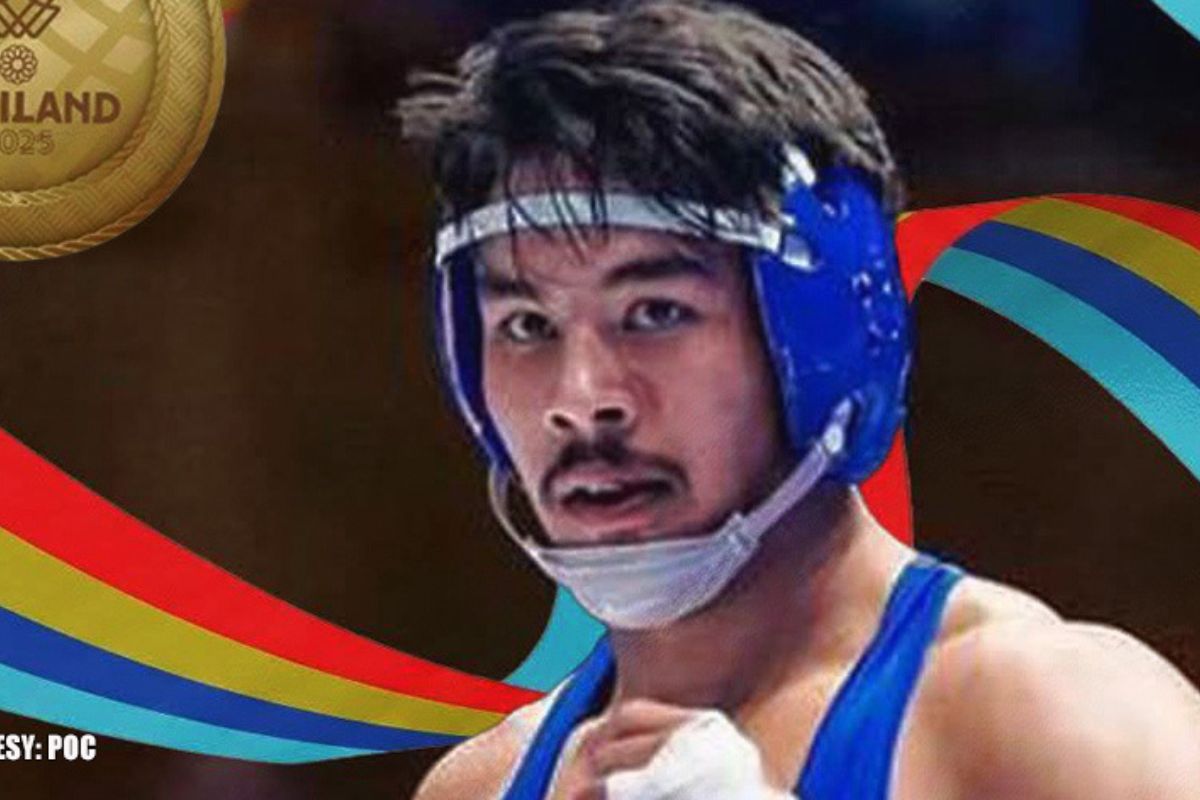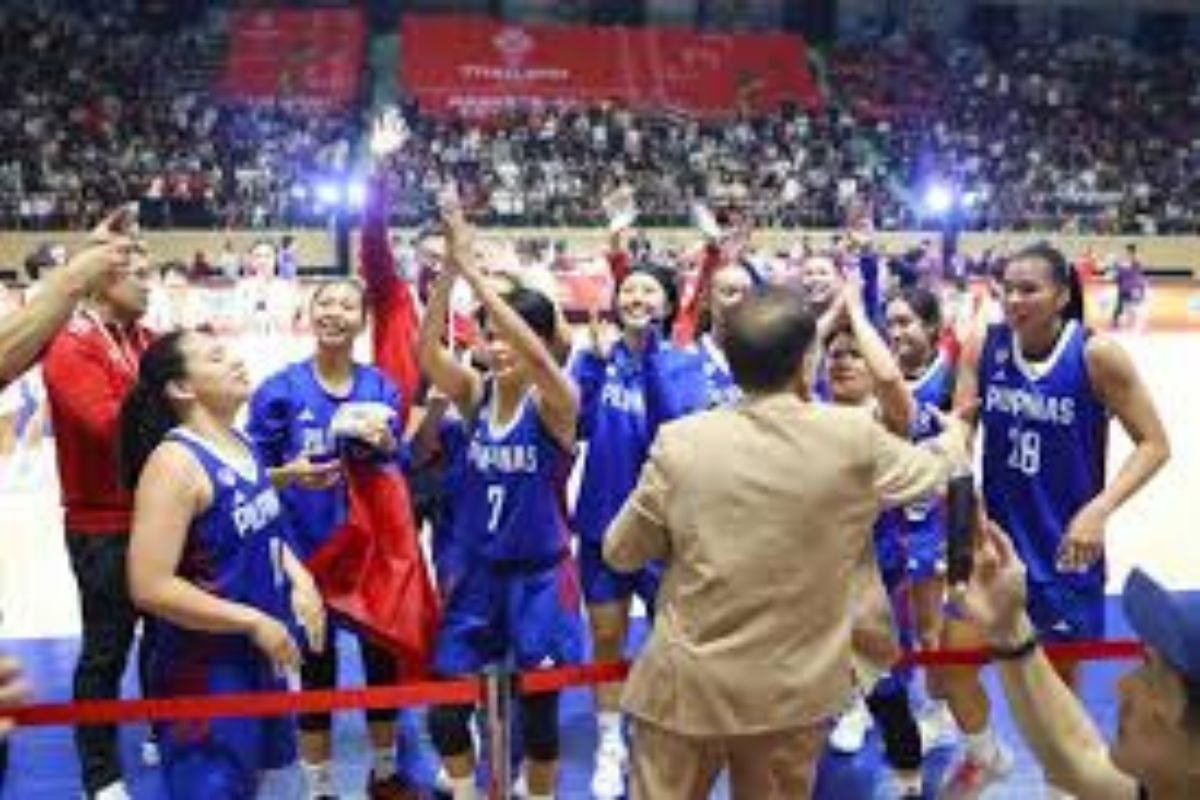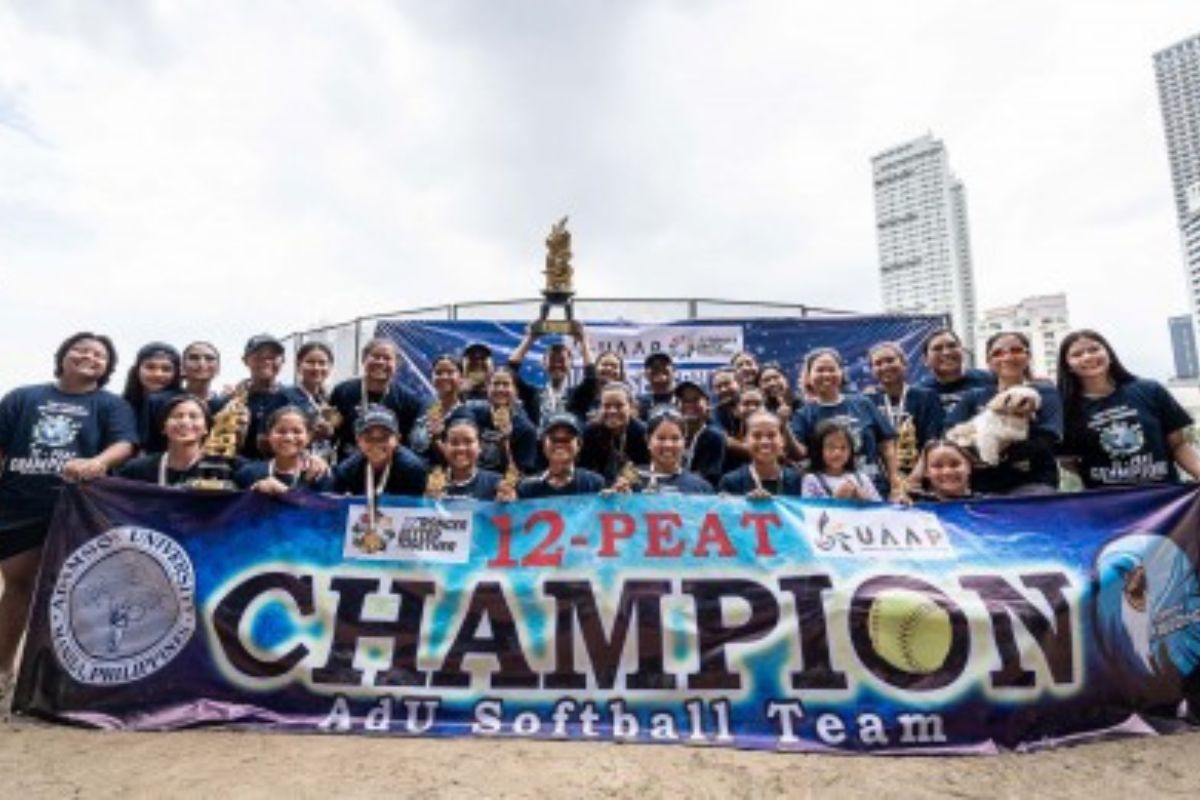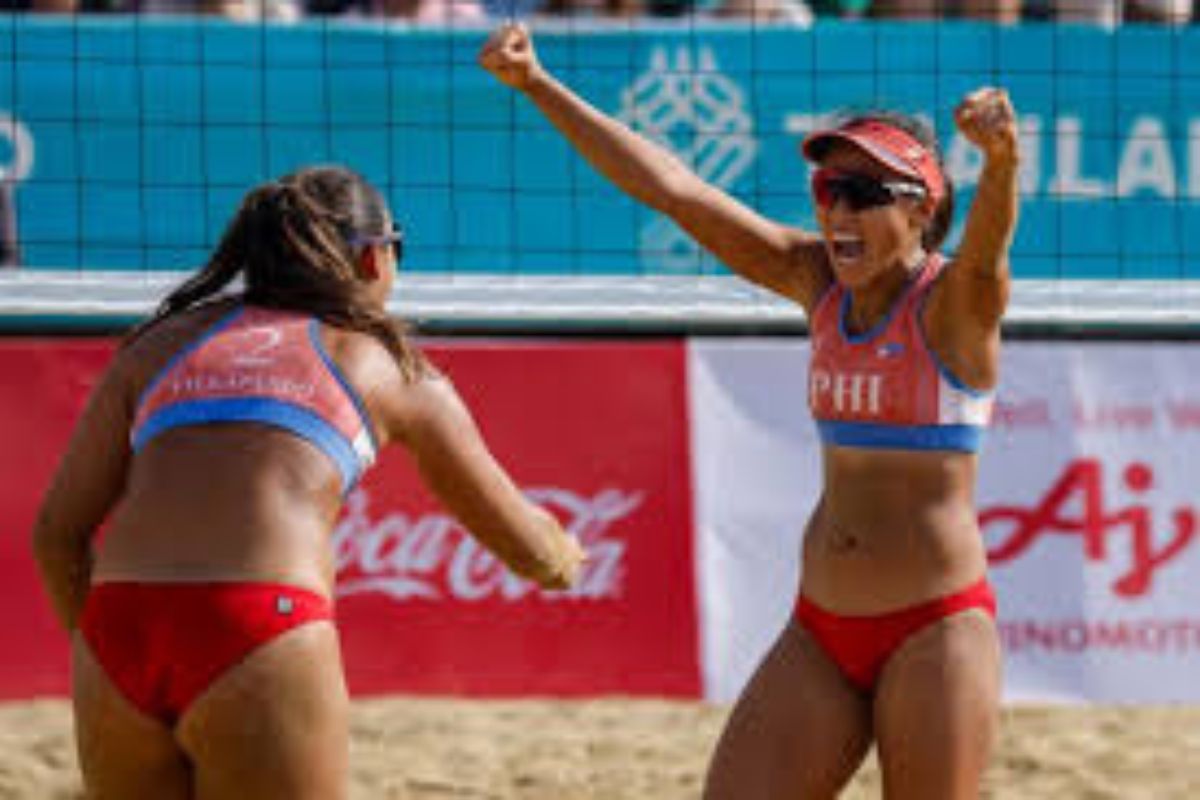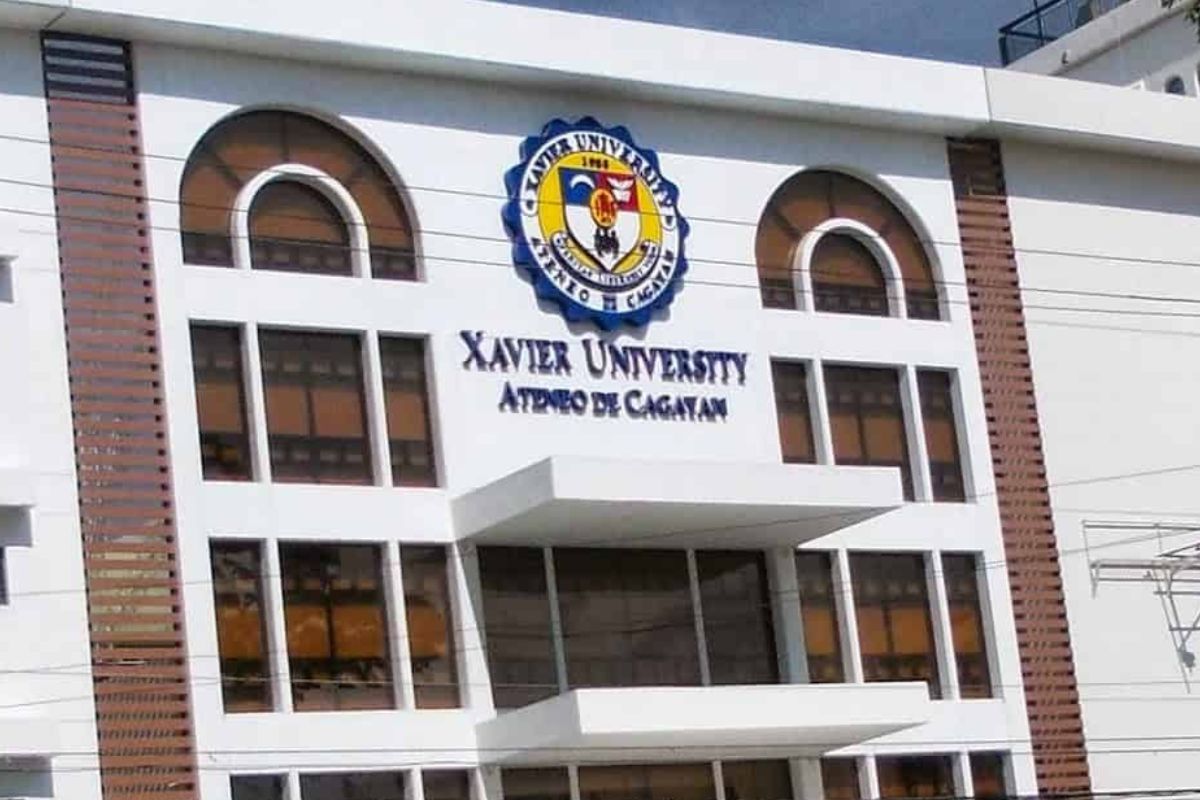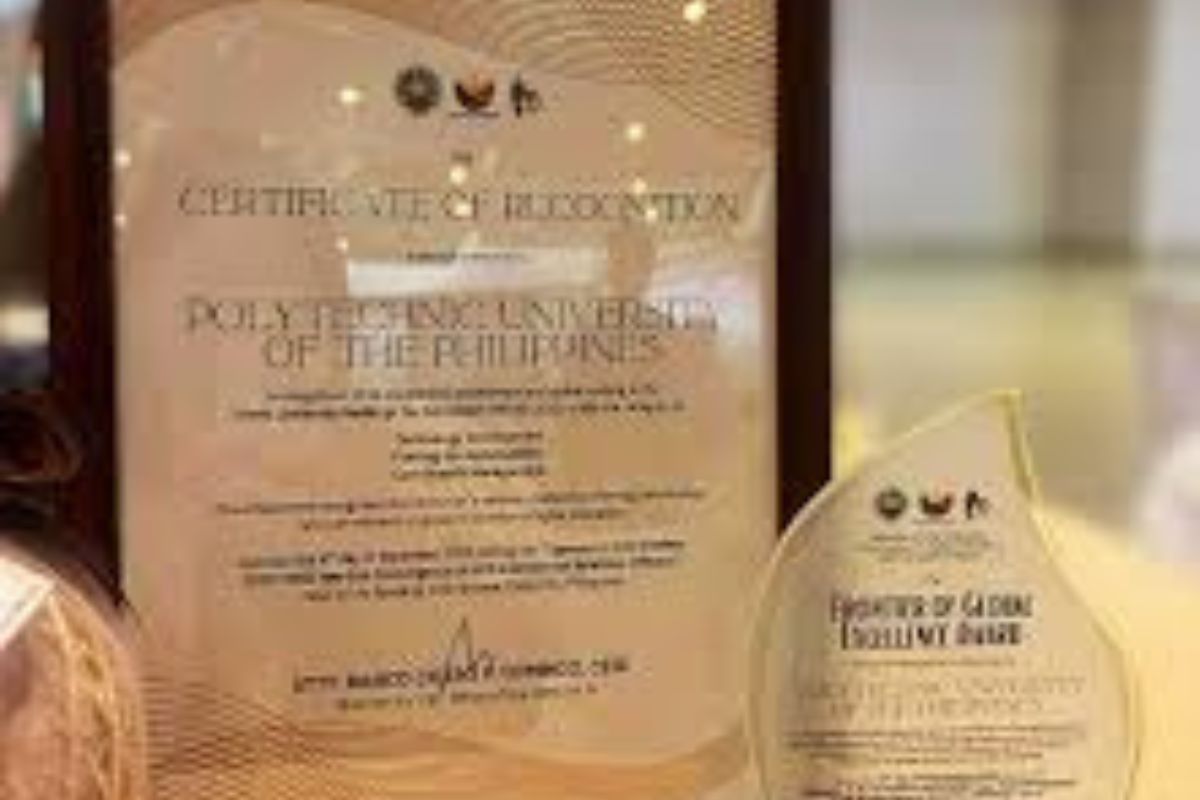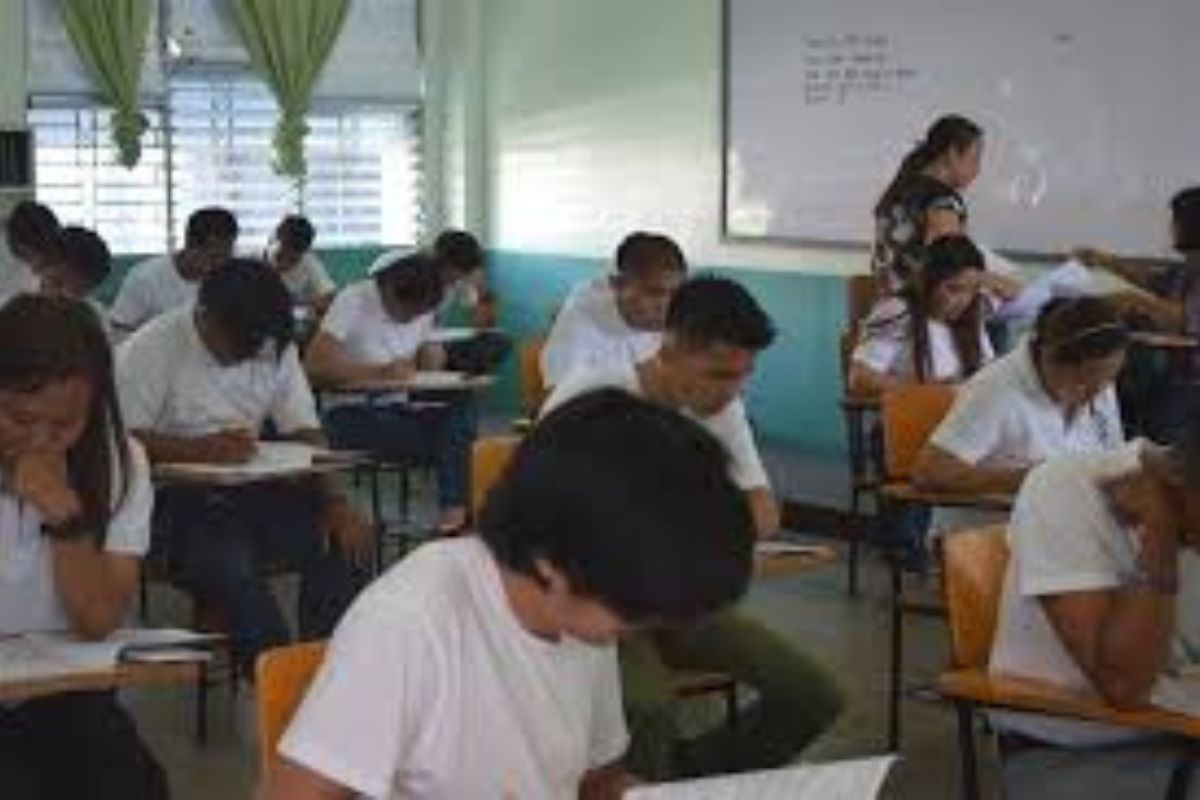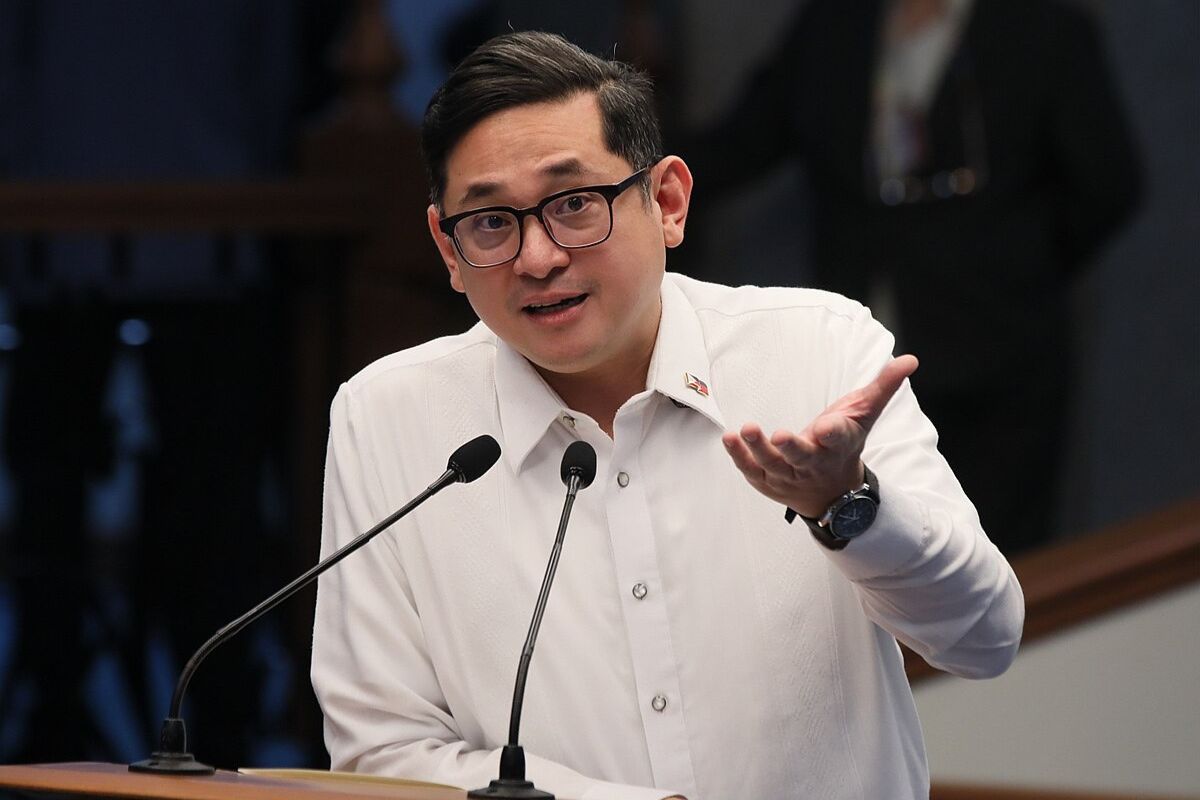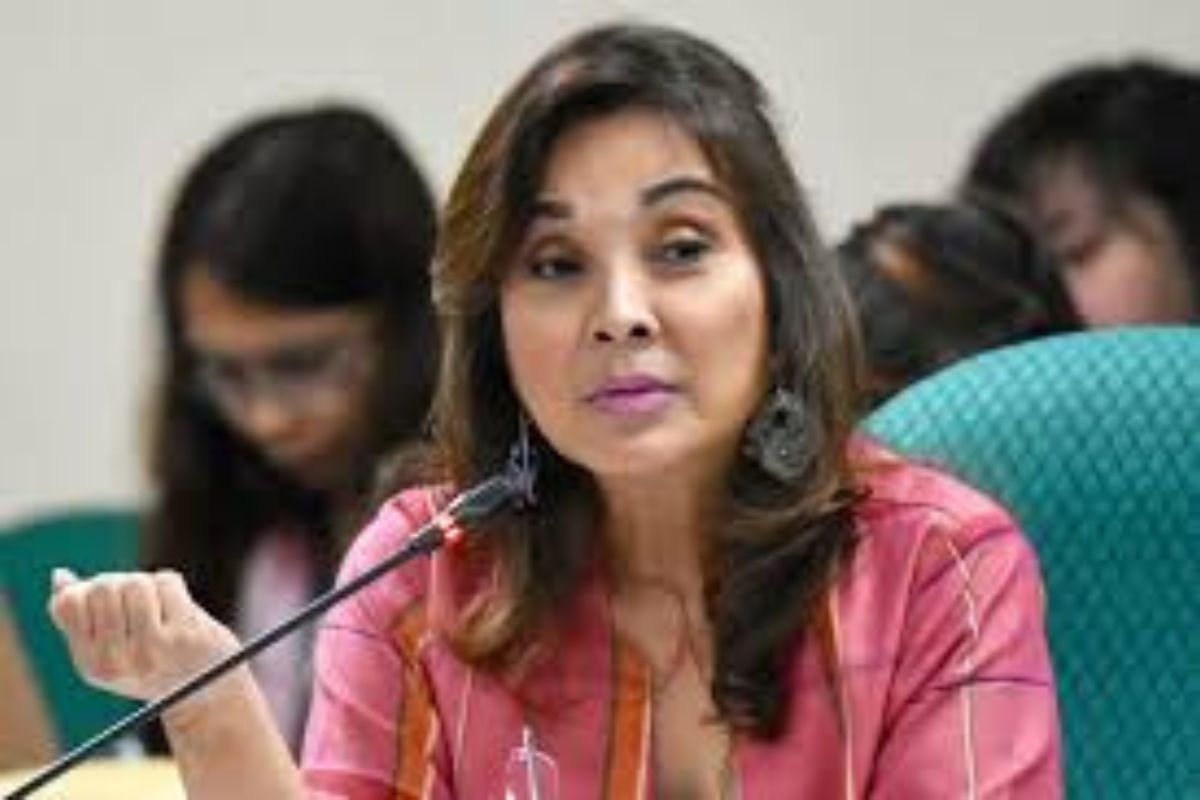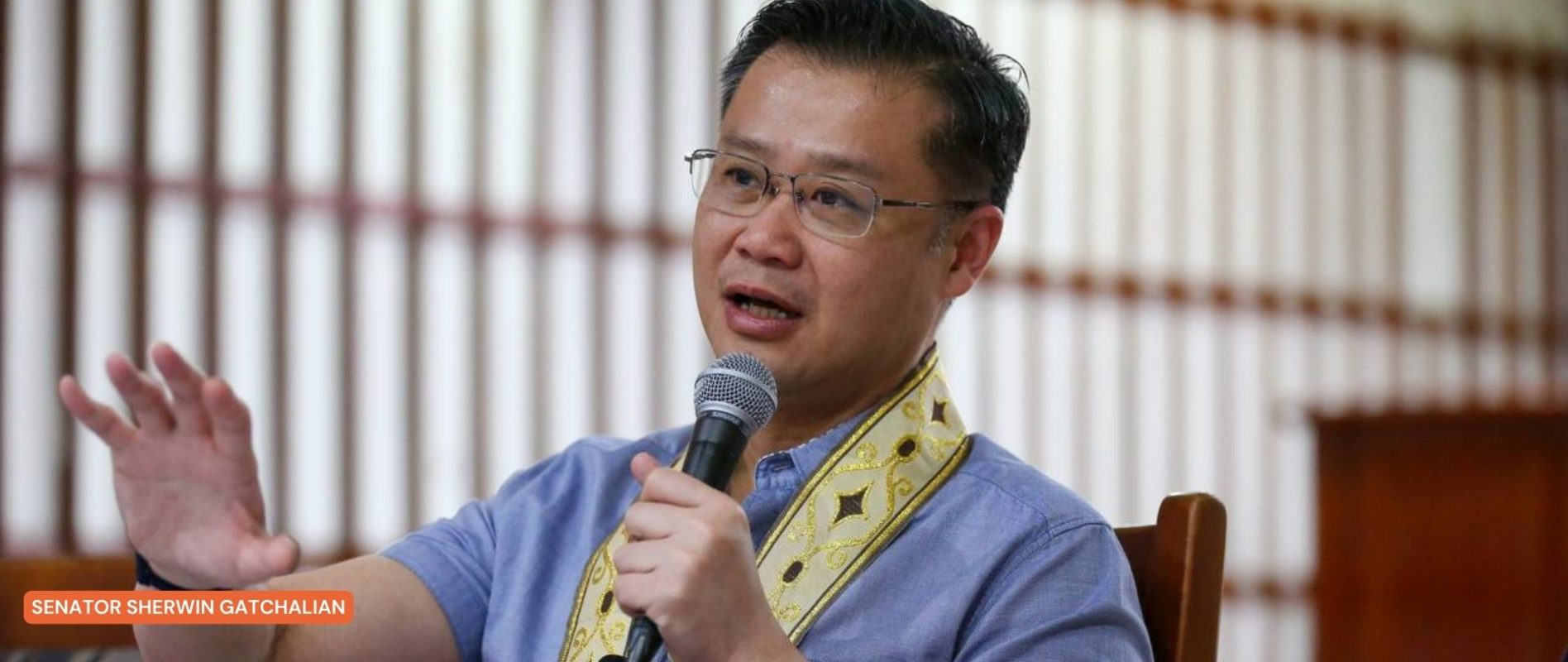GILAS PILIPINAS: WHERE IT ALL STARTED SCREAMING ‘PUSO’
Gilas Pilipinas has always been the spark that ignites the flame of our burning love for basketball. Just seeing Gilas playing on the international scene burns the sensation that we are longing for. As Filipinos share a special passion for basketball, the word “passion” is inadequate to express it. That is where Filipinos have come up with a word that is all out to support our national team — “puso'' which means heart and more.
Gilas tasted bittersweet triumphs and failures throughout its campaign representing the Philippines in the field of basketball. Filipinos have learned that their love for basketball is more than the word and as much as more than a feeling. Filipinos scream “puso” that fires our players to rise adversities and soar and score over some of the biggest and tallest international athletes.
Where It All Started
It was the Samahang Basketbol ng Pilipinas (SBP) that came up with its program of unifying the basketball in the archipelago. The original Gilas program was conceptualized around the year 2008 and was initially named “Smart Gilas Pilipinas” in 2009 under telecommunications giant Smart who is the major entity that funded the endeavor.
It was conceptualized with the main mandate of inserting a pool of players that dedicate themselves to just competing in FIBA tilts similar to many countries around the world who follow such. It was to avoid forming a national team composed of PBA players with just a short preparation time for the major international tournaments by that time.
This was supposed to be the forerunner of the highly successful Northern Consolidated Cement (NCC) in the 1980s who managed to win the 1985 FIBA Asia Championship, then known as the Asian Basketball Confederation Championship, to qualify for the 1986 Worlds, but was dissolved due to the EDSA Revolution that took down the Marcos regime.
Back in the year 2008, the concept was planned out again which was subsidized by Eduardo “Danding” Cojuangco and led by American mentor Ron Jacobs wherein it envisions to secure the best amateur cage talent and have them commit to about 3-4 years of developmental program that would be the core of the national team to represent and earn a spot in the 2012 London Olympics.
Players Who Forefronted the Early Gilas
Samahang Basketbol ng Pilipinas (SBP) at that time recognized the need to shore up the national team’s frontline which the group has begun putting experiments in place to utilize college cagers.
The SBP invited promising young frontliners to join the program that consisted of collegiate standouts like Chris Tiu, Mark Barroca, JVee Casio, and Dylan Ababou then was joined by Fil-Am contenders Greg Slaughter, Joey Deas, Terrell Teophile, Chris Lutz, and Marcio Lassiter.
The program also sought several candidates for naturalization with the likes of CJ Giles, Milan Vucicevic, and eventually Marcus Douthit.
They also considered conducting tryouts nationally.
“We conducted tryouts nationally, so all the notable amateur players were invited. We also held tryouts in the US and that’s when Japeth Aguilar (who was still playing for the University of Western Kentucky) and Chris Lutz came in,” said Jude Roque, one of the assistant coaches tapped by the SBP for the original program.
Three-year deals were offered to 10 standouts which included Slaughter, Al-Hussaini, Maierhofer, Tiu, Barroca, Ryan Buenafe, Ogie Menor, JR Cawaling, Casio, and Ababou. Meanwhile, Ballesteros, Marcy Arellano, Mac Baracael, Rey Guevara, and RJ Jazul were offered two-year deals.
Several players, unfortunately, did not go all the way to join the Gilas program due to the following reasons: deciding to turn pro, playing in the US NCAA, and did not fit the character requirements of the squad.
In 2011, at the start of the FIBA Asia Olympic qualifiers in Wuhan, China, the squad had made their final lineup consisting of Douthit, Tiu, Casio, Barroca, Aguilar, Baracael, Lassiter, Lutz, and PBA-reinforced players Asi Taulava, Kelly Williams, Ranidel de Ocampo, and Jimmy Alapag.
People Behind Gilas’ Growing Years
The program was inspired by its predecessor Northern Consolidated Cement (NCC) which was bankrolled by Eduardo “Danding” Cojuangco and spearheaded by American mentor Ron Jacobs. Also, including long-time members consisting of Hector Calma, Yves Dignadice, Samboy Lim, Allan Caidic, and Elmer Reyes.
Smart Gilas Pilipinas officially launches with Serbian Rajko Toroman, the former assistant coach of the Yugoslavian national team and the architect of Iran’s ascension as the new Asian basketball power, named as head coach in 2008.
In 2012, Chot Reyes was recruited as head coach that led the Philippines to a silver medal finish in 2013 to get a berth for the Worlds for the first time since 1986.
The Philippine national team was led by Jordan national team mentor Tab Baldwin steering the basketball team to some recognizable achievements and visible developments. Then was replaced by former national team coach Yeng Guiao in 2018. Coach Tab Baldwin returned some years later as Gilas Program Director with head coach Mark Dickel for the 2021 FIBA Asia Cup qualifiers.
Throughout the years, Gilas has shown its resiliency and hard work to raise the Philippine Flag in the international stage. Gilas has experienced bittersweet triumphs and failures. For some, it may just be playing the sport but for our national team it is more than that — it is passion, hope, love, heart, blood, and soul rolled into one.


